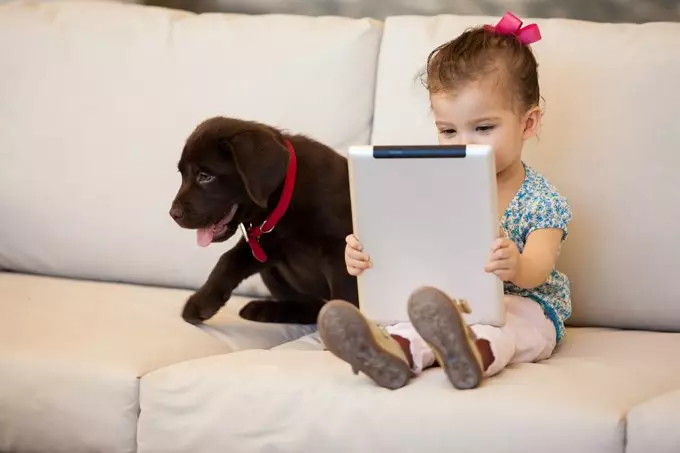Welcoming a puppy into your home is an exciting journey filled with joy and companionship. However, it’s essential to prepare adequately to ensure a smooth transition. Optimizing your environment for a new puppy not only fosters a secure atmosphere but also sets the foundation for proper training and development. Here are key strategies to puppy-proof your house effectively.
Before your furry friend steps into your home, laying the groundwork for a safe environment is crucial. Puppies are natural explorers, often getting themselves into precarious situations. If you’re lenient in allowing unrestricted access to your living space, you invite potential hazards and undesirable behaviors. Chewing on your belongings, house training mishaps, or even accidents involving electrical cords are common issues if appropriate measures aren’t in place. Therefore, establishing boundaries and a safe zone is paramount for both your puppy and your household.
The selection of the area where your puppy will initially reside is a pivotal decision. Ideal spaces include rooms that are easy to clean, such as bathrooms, kitchens, or laundry rooms. By confining your puppy to a smaller, more manageable space, you can oversee their actions and gradually introduce them to new areas of your home. This confinement not only minimizes the likelihood of accidents but also allows your pup to adjust to their new surroundings without feeling overwhelmed.
To ensure your puppy’s safety, it’s beneficial to get down on their level. Crawl around your home to identify potential hazards that may be easily overlooked from an adult’s perspective. Pay attention to loose electrical cords, poisonous plants, or items that invite chewing and destruction. Anything that poses a threat should either be removed or secured. For instance, covering exposed wires with protective tubing can prevent chewing accidents and serious injuries.
Creating Confinement Areas
Establishing two designated spaces for your puppy will promote comfort and security. A crate can serve as an efficient short-term confinement area, working wonders for house training and providing your puppy with a personal, safe space. For a longer-term confinement area, prepare a cozy corner with a dog bed, food and water bowls, and a selection of safe toys. Providing leadership and boundaries through these spaces will teach your puppy where they can and cannot go, allowing them to feel secure as they adjust to their new environment.
Proactive Measures Lead to Successful Training
It’s vital to understand that the behaviors your puppy adopts during their formative months will likely persist into adulthood. Therefore, taking proactive measures now can save you from future headaches. By creating an environment that encourages positive interactions and discourages negative actions, you establish a solid foundation for your puppy’s behavior. Not only will you protect your belongings, but you will also safeguard your mental well-being as you navigate the challenges of puppy ownership.
Bringing a puppy home is a rewarding experience enriched by proper preparation. By taking the time to puppy-proof your space and guide your new companion with care, you ensure a harmonious coexistence while setting the stage for effective training. This proactive approach ultimately leads to a joyful and respectful relationship between you and your furry friend.

